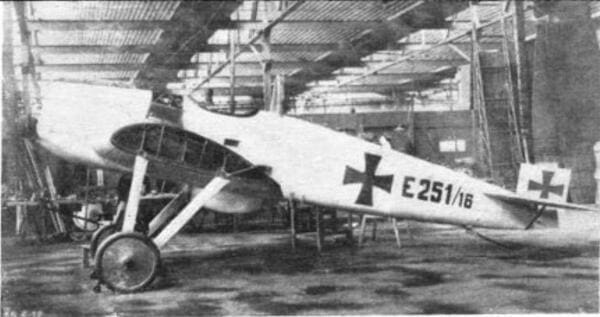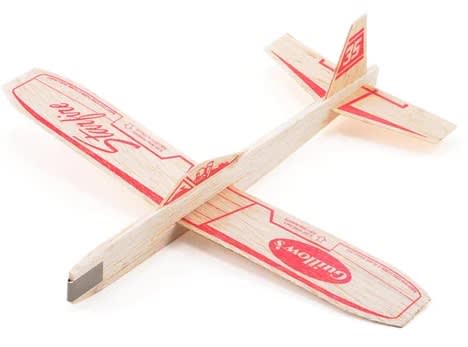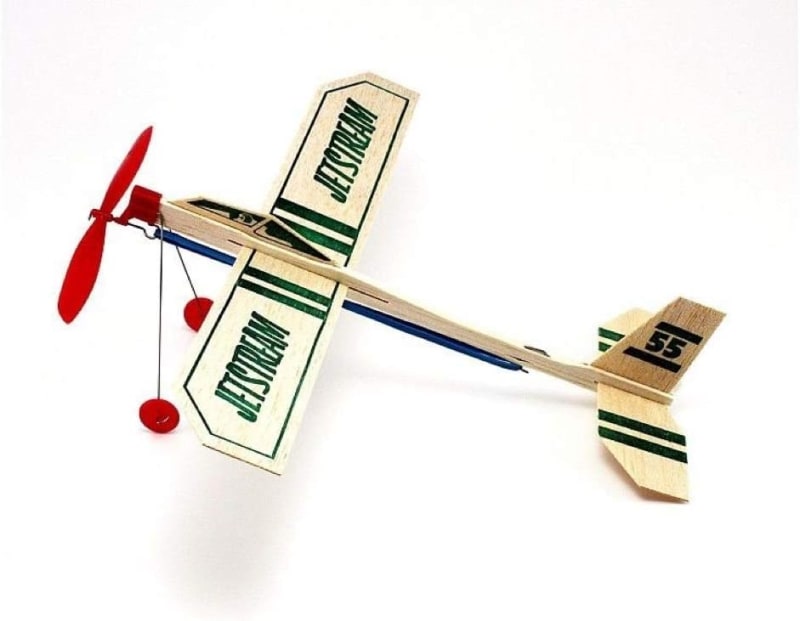Oh, no, not avsim vs actual data I actually saw on actual manometers. If a plank worked nature would have kept planks, like on insects in very low Reynolds number flow, and not gone to all the trouble of smooth airfoil shapes on birds.
The pressure increase under the wing is much smaller than the decrease on top. Mach flow changes that, but not enough below 0.8M to give up the nice curved wings.
Technically it's not possible to work out the performance of an airfoil by Bernoulli's equation because one needs to know the velocity distribution - that distribution is not a constant over the wing. You can look at the pressure distribution from testing and find the local airspeed, but no one cares, because the critical thing is pressure reversals which indicate stall and those are measured directly.
Even then, the majority of wind tunnel work doesn't bother with either one - they just create a lift, drag, and pitch-moment chart with respect to Angle of Attack, and normalize for dynamic pressure to use the coefficients in overall aircraft performance.
If anyone cares more they use smoke-streams added to see if the airfoil has unwanted or unexpected flow detachment; stall.
None of the rest is "new."
There are computational methods, such a panel flow, to get into the ballpark, and they compute airspeed from momentum and use Bernoulli's equation to generate the pressure distribution.
It's taught "wrong" because people continue to repeat bad explanations, often from the same seemingly plausible, but incorrect diagrams drawn by illustrators. Even from 20 year old zombie discussions from non-aerodynamicists. Be glad that "theory of lift" isn't what aircraft design is based on and that Bernoulli's equation, so useful in understanding incompressible flow, is simpler than what is required to deal with flow above about M 0.3 on up.



